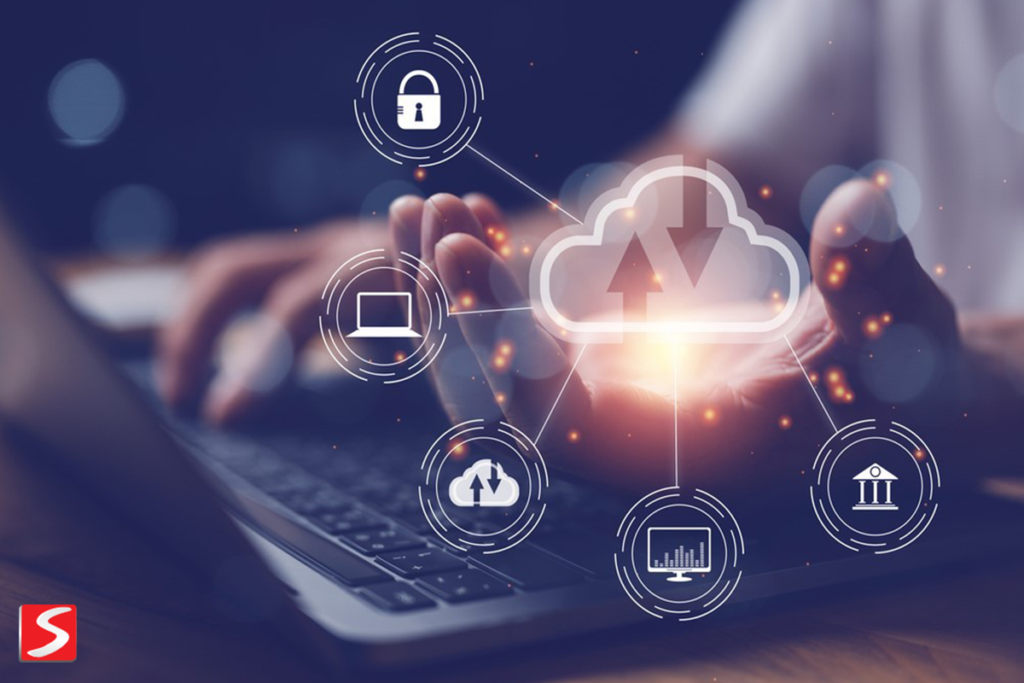
Cloud monitoring is the process of assessing, observing, and handling cloud-based services, applications, and infrastructure. Companies use various application monitoring tools to monitor cloud-based applications. Here’s a look at how it works and best practices for success.
Types of Cloud Services to Monitor
Cloud monitoring is not just only watching servers hosted on AWS or Azure but also for enterprises, where it plays a significant role into monitoring cloud-based services that they consume. There are several types of cloud services to monitor.
- SaaS– Services like Office 365, Salesforce and others
- PaaS– Developer-friendly services like SQL databases, caching, storing and more
- IaaS– Servers hosted by cloud providers like Azure, AWS, Digital Ocean, and others
- FaaS– New server less applications like AWS Lambda and Azure Functions
- Application Hosting– Services like Azure App Services, Heroku, etc
Many of these can be monitored generally by traditional application performance monitoring tools. However, cloud monitoring has some exceptional requirements over basic server monitoring tools.
How It Works
The term cloud signifies to a set of web-hosted applications which store and permit access to data over the Internet instead of on a computer’s hard drive.
- For customers, simply using the internet to view web pages, access email accounts on services such as Gmail, and store files in Dropbox are instances of cloud computing.
- Businesses use it in many of the same ways. They also may use Software as a Service (SaaS) options to subscribe to business applications or rent server space to host exclusive applications to offer services to consumers.
Cloud monitoring works through a set of tools that administer the servers, resources, and applications. These tools generally come from two sources:
- In-house tools from the cloud provider— This is a simple choice since the tools are part of the service. There is no setting up, and integration is seamless.
- Tools from independent SaaS provider— Although the SaaS provider may be different from the cloud service provider, that doesn’t mean the two services don’t work seamlessly. These providers also have proficiency in managing performance and costs.
Cloud monitoring tools look for problems that can prevent or confine businesses from delivering service to their customers. Generally, these tools offer data on performance, security, and customer behavior:
- Cybersecurity is anessential part of keeping networks safe from cyber-attacks. IT teams can use it to spot breaches and vulnerabilities early and secure the network before the damage gets out of hand.
- By testing at regular intervals, organizations can detect errors quickly and rectify them in order to lessen any damage to performance and functionality, which increases the customer experience and, as a result, can boost sales and enhance customer retention.
- Speed— like functionality and user experience — is a primary driver of customer satisfaction. Speed metrics can be examined and generate data that helps organizations enhance websites and applications.
If an organization monitors early and often, they can use the data to troubleshoot glitches and apply repairs in a timely — if not immediate — manner.
Benefits of Cloud Monitoring
The benefits of cloud monitoring tools include:
- They already have infrastructure and configurations in place. Installation is quick and easy.
- Dedicated tools are maintained by the host. That includes hardware.
- These solutions are built for organizations of various sizes. So if cloud activity increases, the right monitoring tool can scale seamlessly.
- Subscription-based solutions can keep costs low. They do not need startup or set-up expenditures, and maintenance charges are spread among multiple users.
- Because the resources are not part of the organization’s servers and workplaces, they don’t under go stop pages when local problems interrupt the organization.
- Many tools can be used on multiple types of devices — desktop computers, tablets, and phones. This lets organizations to monitor apps and services from any location with Internet access.
Best Practices
Organizations need to make cloud monitoring a priority and plan for it. The plan should include questions that need to be answered and goals of implementation, such as:
- Identify metrics and events– What activity needs to be monitored? Not everything that can be measured needs to be reported. Monitor the metrics that matter to the bottom line.
- Use one platform to report all the data– Organizations may have their own infrastructures in addition to cloud services to monitor. They require solutions that can report data from diverse sources on a single platform, which permits for calculating constant metrics and results in a complete view of performance.
- Monitor cloud service use and fees – The ability to scale is a feature is a key feature of cloud services, but increased use can trigger increased costs. Strong monitoring solutions should track how much organization movement is on the cloud and how much it costs.
- Monitor user experience – Organizations need to know what users experience when using their cloud-based applications. Monitor metrics such as response times and frequency of use to get the complete picture of performance.
- Trigger rules with data– If activity exceeds or falls below defined thresholds, the right solution should be able to add or subtract servers to maintain efficiency and performance.
- Separate and centralize data– Organizations must stock monitoring data distinctly from their apps and services which shall be integrated for easy access for key stakeholders.
- Try failure – Test your tools to see what happens when there is an outage or data breach and evaluate the alert system when certain thresholds are met.
